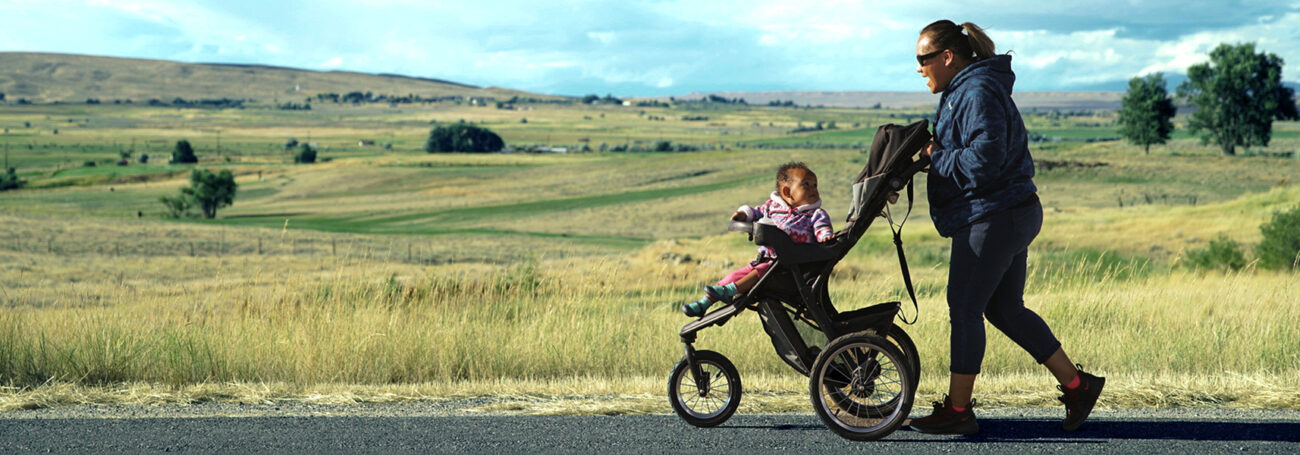North Carolina
Models implemented in North Carolina included Attachment and Biobehavioral Catch-Up, Child First, Early Head Start Home-Based Option, Family Connects, Healthy Families America, Home Instruction for Parents of Preschool Youngsters, Nurse-Family Partnership, Parents as Teachers, and Promoting First Relationships. Statewide, 95 local agencies operated at least one of these models.
Race
3% American Indian Alaska Native
3% Asian
35% Black
<1% Native Hawaiian Pacific Islander
41% White
10% Multiple
8% Another race
Ethnicity
29% Hispanic or Latino
Caregiver Education
19% No high school diploma
Child Age
65% <1 year
21% 1-2 years
14% 3-5 years
Child Insurance Status
69% Public
25% Private
6% None
Primary Language
82% English
16% Spanish
2% Another language
Potential Beneficiaries
In North Carolina, there were 550,400 pregnant women and families with children under 6 years old not yet in kindergarten who could benefit from home visiting. These families included 691,300 children.
691,300 children could benefit from home visiting
Of the 691,300 children who could benefit —
550,400 families could benefit from home visiting
Many home visiting services are geared toward particular subpopulations. The NHVRC estimated the percentage of families who could benefit in North Carolina who met the following priority criteria:
- Child <1 19%
- Single mother 23%
- Parent with no high school diploma 6%
- Pregnant woman or mother <21 2%
- Low income 16%
Of the 550,400 families who could benefit —
47% of families met one or more priority criteria
15% of families met two or more priority criteria
